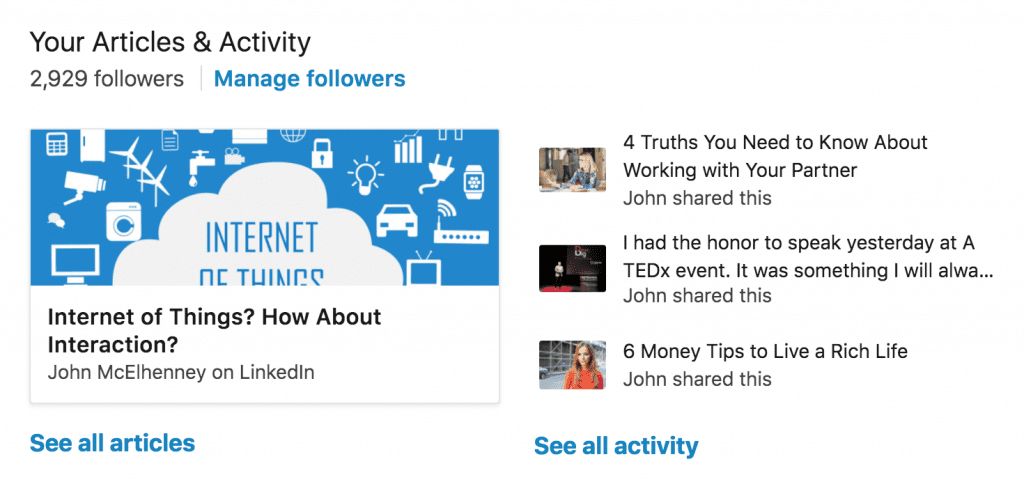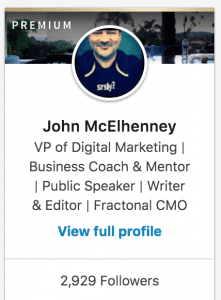The chart from Pew Research below gives a glimpse at what people are doing online and how much they are visiting social media sites. There’s only one problem: the social sharing on these sites has dropped dramatically in the last few years. This is due to the over-monetization of our news feeds and streams of information. We’re all on social media, we’re all reading social sites, but very few of us are creating, sharing, or liking content. We’re online but we’re not talking to each other.

And Facebook is about to turn up the isolation even more by suppressing non-paid content. (Facebook Zeros In on Killing Non-Paid Reach) While LinkedIn has also become more of a silo of sharing rather than a community of connection. (LinkedIn is Dead) So, the question is, what are people doing on these sites?
It’s easier to see on LinkedIn. What has always been known as the business network, LinkedIn has really become a job hunter’s platform. People are sharing, yes, but no one is reading. We’re all sharing so we look smart when someone looks up our resume. We occasionally look up a contact on our network, but it’s primarily to ask for a recommendation or check up on someone we’re interested in. Very little conversation happens on the feed. See how many likes and shares you have on your LinkedIn feed. And what about comments? They almost never happen anymore. People are not engaging they are promoting.
Facebook is somewhat of a different beast. While the original mission of Facebook was to keep up with family and friends, the site has quickly become an advertising vehicle for businesses wanting to engage in social media. These are not engagements, these are not shares, these are not friends letting you know what’s going on in their lives, these are advertisements. And video, let’s not forget video.
How many of you upload or create video for social media? My guess is that number is very low. Yet, look at the amount of video in your news feed. The reason, video is sticky. Facebook is doing anything to keep you connected, online, watching the videos, because they can also show you, and get paid for, ads. Today, Facebook gives you about a 2 – 3% drip of your friends activity. And you’ve probably noticed it’s the same 2% of folks. So our circle of connection becomes very small. Rather than hearing ANYTHING about the other 650 friends we have, Facebook limits us to the “best” content for us. The best content to keep our eyeballs on the site and their cash registers racking up sales. That’s the point.
Facebook is here to make money, not make you happy. In fact, Facebook can change the very emotional tone of your news feed if they want to. They ran an experiment where they did just that, by sharing more “sad” posts they noticed that people stayed less time on Facebook. So guess what they’ve done. Happy news for everyone. And the single largest driver of connections on Facebook, the sad Happy Birthday posts that roll in from all of those “friends” you never hear from or about. Once a year we get reminded how many people we are connected to yet never hear from.
It’s possible a lot of those distant friends are just lurking (not posting or liking anything.) But it’s a better guess that they are not in your Facebook algorithm. Facebook keeps a score on all your interactions. Like a post from someone, your connectivity score with that person goes up. Do it enough and they become part of your 2%. Again, Facebook is doing this for one reason only, to keep you on the site as long as possible.
I’ve brought up an idea from time to time: The paid Facebook account. I would pay 10$ a month just to have Facebook dial back the ads and show me 90% of my friend’s posts. What do you think? Would you be willing to pay Facebook to make it more friendly, more like the original?
What do you use Facebook for? Are you a lurker? Can you count and identify your 2% connected friends?
Pew Internet also did a bit of research about where people are getting their news online. (Where We Get Our News – Is It Easily Faked?) And this topic is also quite interesting, given the tampering that is possible on these sites. Anyone can buy ads on Facebook. And today, you might not even know they are ads.

Where do you get your news? Where do you go online for social connection?
John McElhenney
@jmacofearth (also seen on Google+: jmacofearth
Sources:
For comparison, here are my social referrals for 2017 compared with the same period a year ago.
























